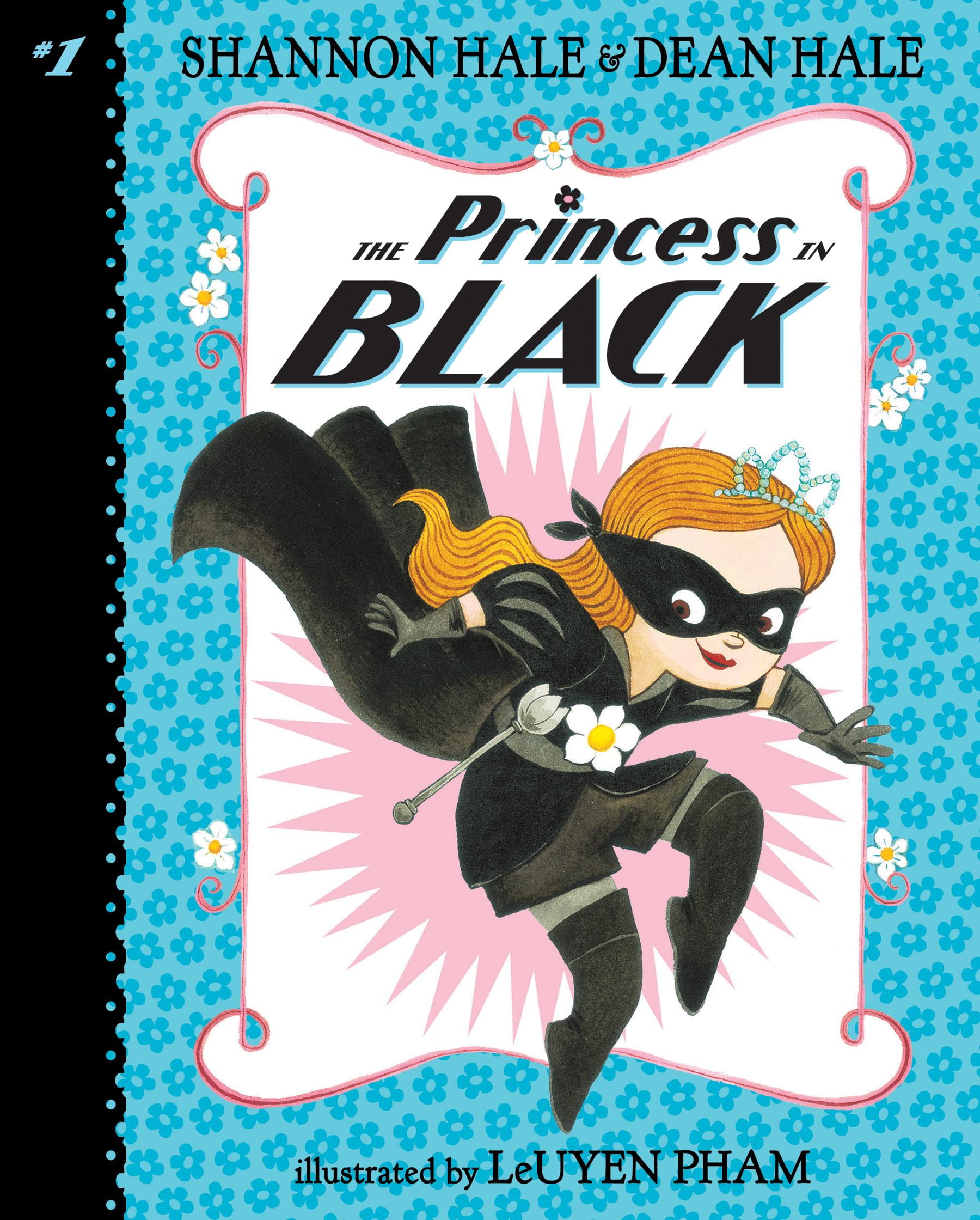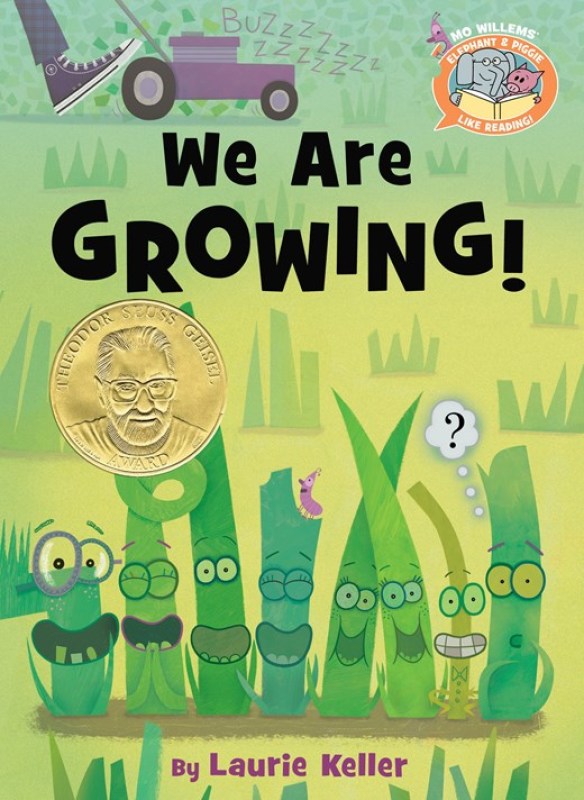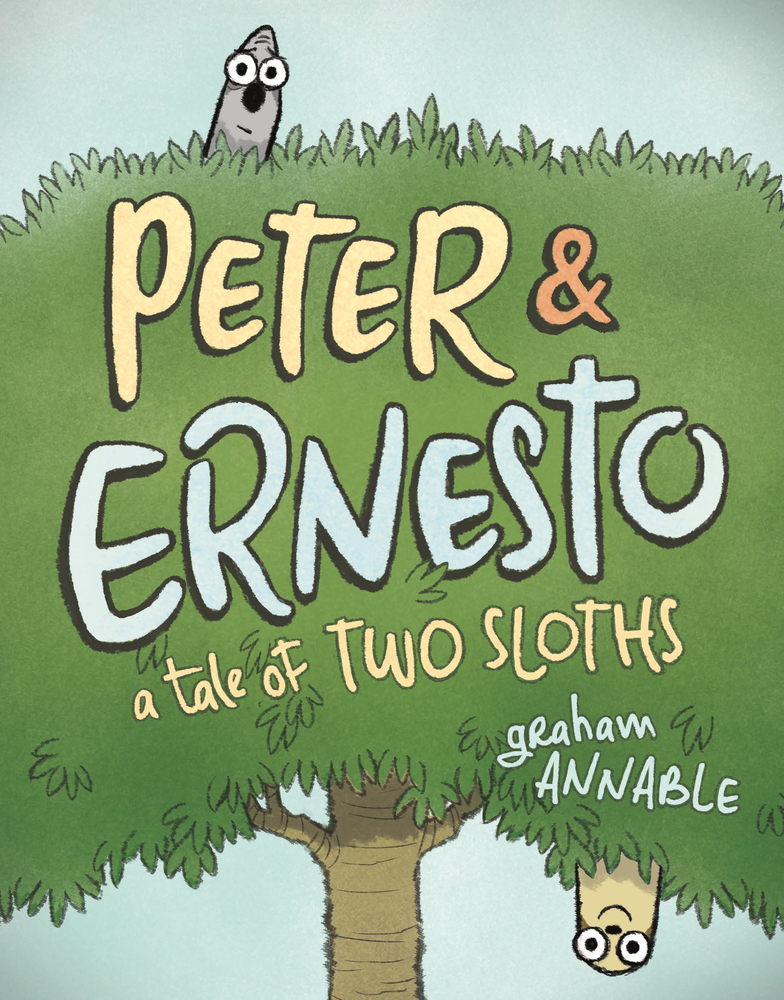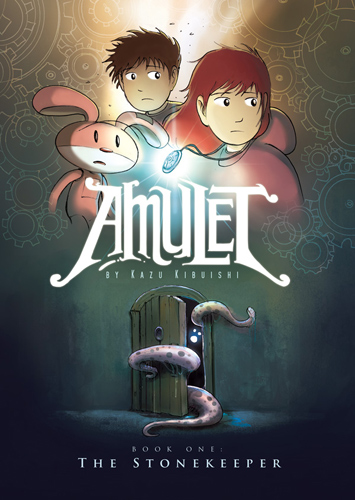Fiction Reviews pt 1
13 December 2024 05:02 pm
Heidicker, Christian McKay. Scary Stories for Young Foxes. Illus. by Junyi Wu. Henry Holt & Company, 2018. 314 pages. Hardcover $16.99, ISBN 978-1-250-18142-8
Seven fox kits are hungry for stories –– scary stories, the scarier the better. Their mother is fresh out, so they seek out the old storyteller of Bog Cavern. The storyteller agrees to tell the kits stories but warns them that the stories they will hear may terrify them so badly that they may need to leave. The stories follow the lives of fox kits Mia and Uly, and the dangers they face: cursed yellow stench (rabies), cruel foxes, the human world, dangerous creatures in the woods and more. Each story is a cautionary tale for the young foxes about the dangers of the world. Tension and horror build as Mia’s siblings and beloved teacher are taken by the stench, Uly’s cruel family attempt to kill him, and the kits meet a human –– Beatrix Potter who plans to stuff the captured Mia when she’s done studying her. Rich and vivid descriptions from a fox’s perspective make the violence of animal traps, humans, rabies, and territorial disputes large and frightening, deftly turning the banal into horror. The text is complemented by black and white pencil drawings filled with long shadows. At the finish of each tale, one of the fox kits in the audience runs off home, too frightened. Heidicker skillfully twists the tales together leading to a surprising conclusion. Middle grade readers with a taste for horror and a love of animals will be on the edge of their seats, with a little chill as they follow along. Ages 9+

Bradley, Kimberly Brubaker. The War That Saved My Life. Puffin Books, 2015. 316 pages. Paperback $8.99, ISBN 978-0-14-751048-9; Hardcover $17.99, 978-0-8037-4081-5
It's 1939 and war has broken out across Europe, bringing destruction in its wake. It offers freedom for 10-year-old Ada and her little brother Jaime. Ada’s spent her entire young life in pain, unable to walk, and trapped in her mother’s squalid flat, kept from medical care and education, and left the victim of cruel, ableist abuse. Until she discovers a programme relocating children of London to the countryside, the only bit of hope that Ada has is Jaime. The relocation scheme is their one ticket out and the siblings take the opportunity eagerly. In the countryside they are begrudgingly taken in by queer-coded spinster Miss Smith who is firm but kind and wrestling with her own trauma and grief. Ada's sensitive and realistically portrayed, though at times frustrating to watch trauma keeps her unable to understand or accept the kindness that her new guardian offers. Miss Smith, Ada, and Jamie help each other heal under the looming threat of war, building a new family, all while knowing that the children's mother could return and separate them. Brubaker deals sensitively with Ada's disability and internalized ableism, though period appropriate language around disability (cripple) is frequently used. Refreshingly, this isn't a magically cured disability story; instead, Ada is given proper medical care and support which gives her freedom and agency and allows her to live with her disability. Depictions of Ada's trigger responses, disassociation, and trauma response are realistic and at times difficult to watch.
Unusually for a WWII historical fiction title, the war itself is only a backdrop adding rich layers to a story about themes of grief, abuse, ableism, and the building of families of choice. Many elements of Ada's story could be moved to a different time and still ring true. An excellent, compelling, engaging and at times harrowing story of trauma, grief, prejudice, healing, and the building of family of choice during a time of war that refuses to shy away from the emotional repercussions of abuse, neglect, poverty, prejudice. Sure to be a hit with children who are into civilian (and child) focused WWII historical fiction. Ages 9+













